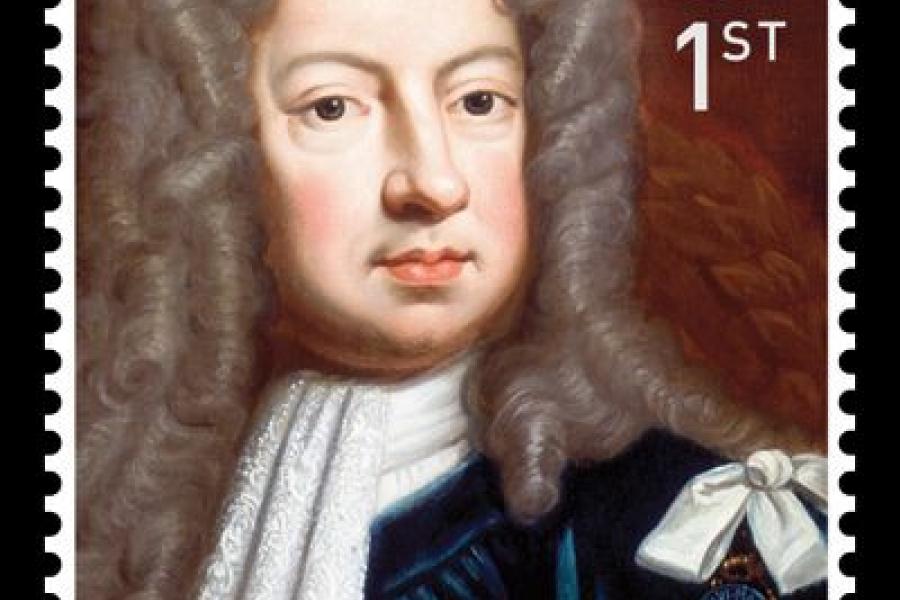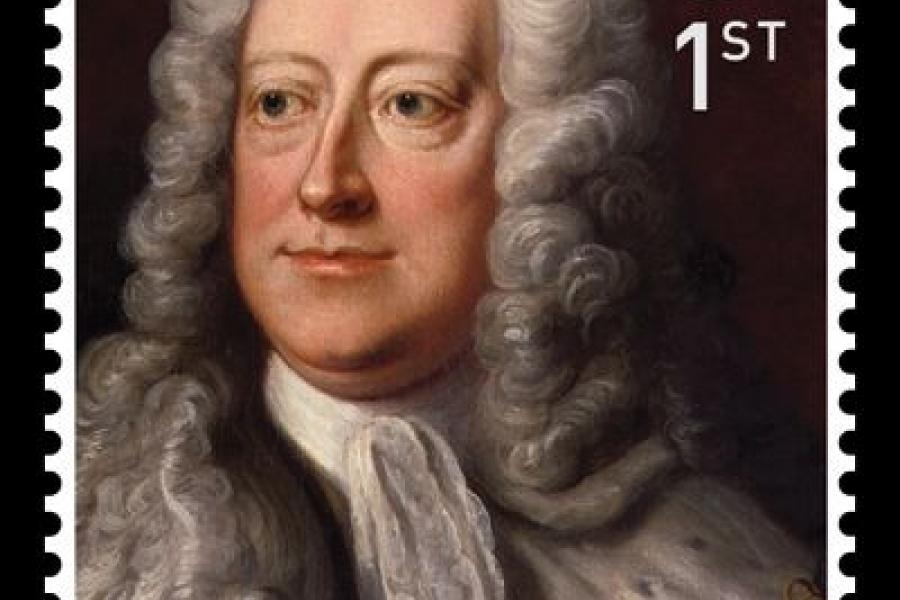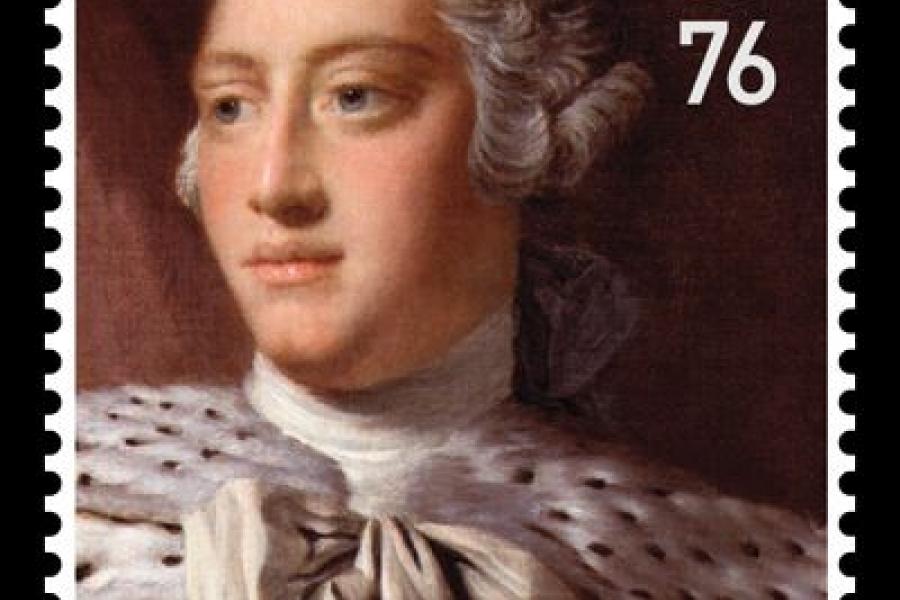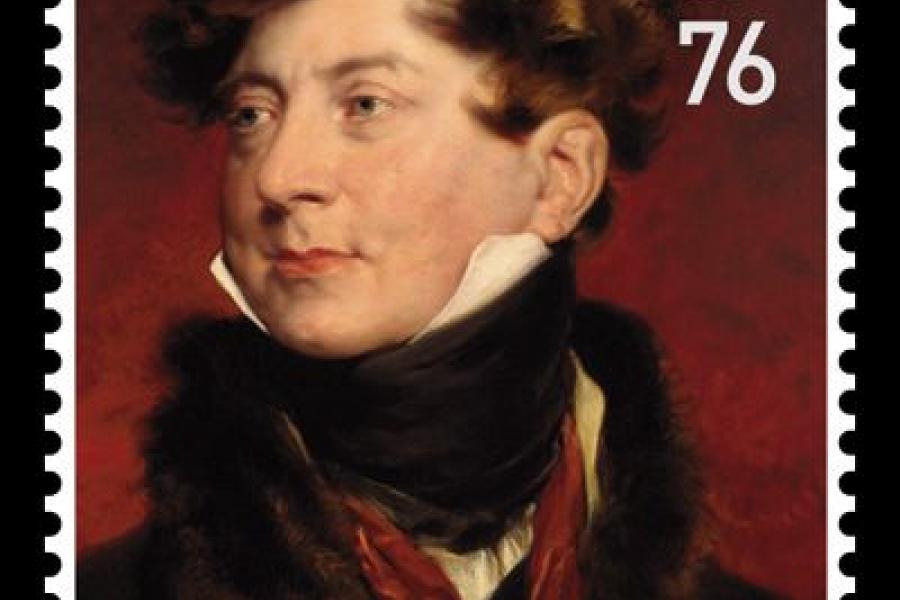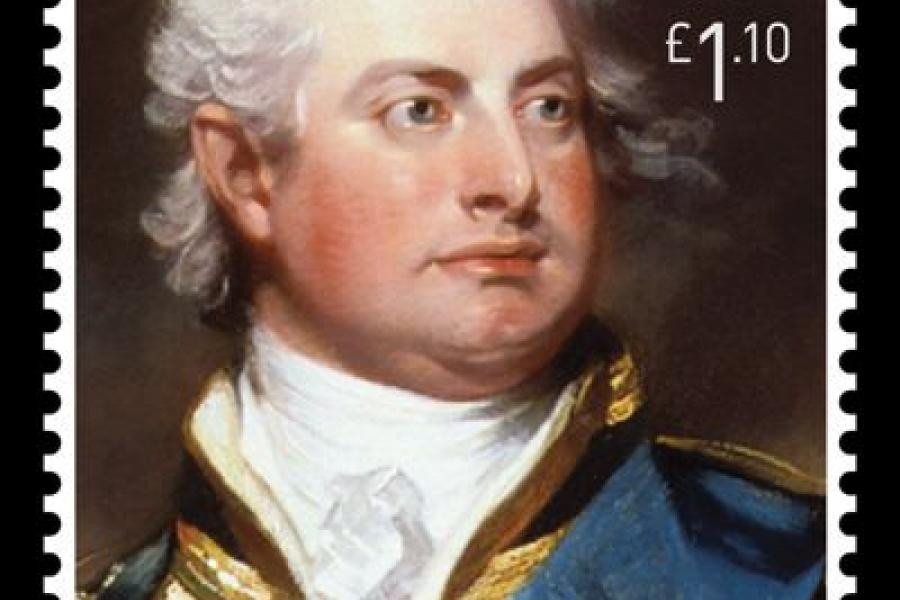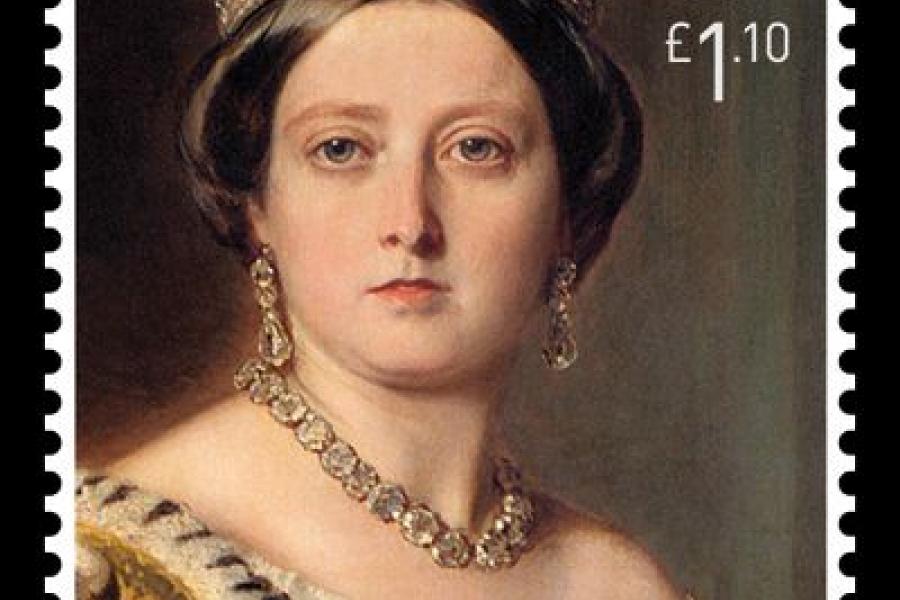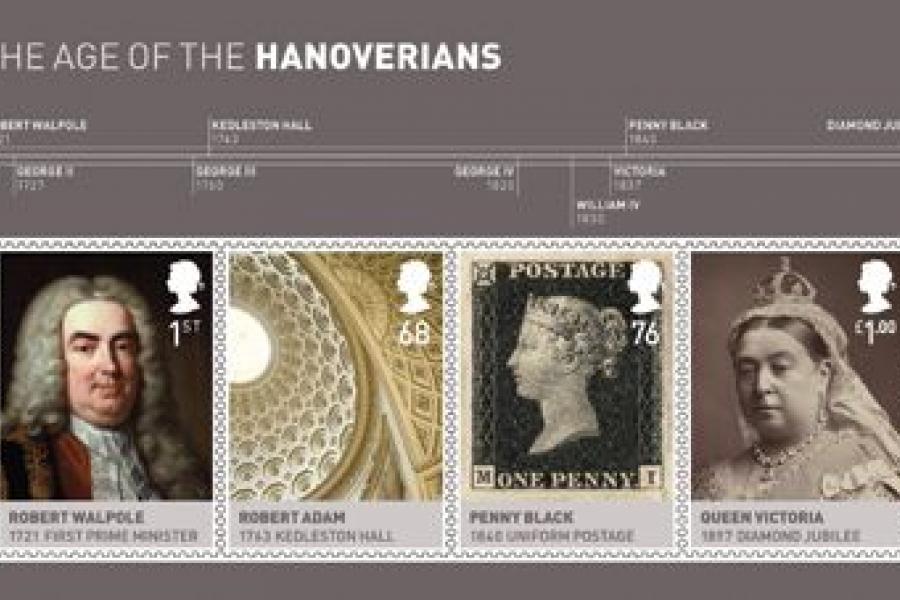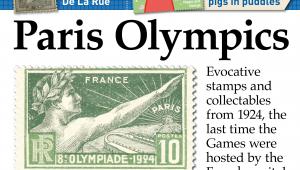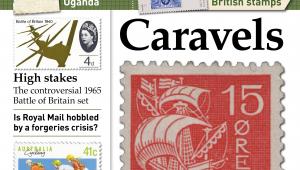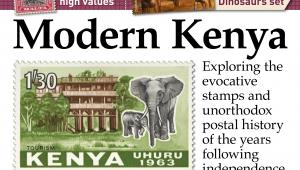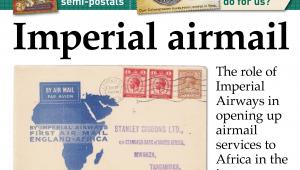GB House of Hanover: German gatecrashers who gave us Victorian values

The penultimate issue in the Kings & Queens series, which has been running since 2008, features the House of Hanover on September 15.
The Hanoverians were rulers of the Duchy of Brunswick-Lüneburg in what is now Germany, and were prince-electors in the Holy Roman Empire. They came to the British throne as the closest Protestant relatives of Queen Anne, with Catholics having been banned from inheriting.
From 1714 to 1901 there were only six Hanoverian monarchs, and the stability of the dynasty helped Britain to become the dominant world power during this period.
As in previous sets in the series, the monarchs are depicted on individual stamps reproducing contemporary portrait paintings, while the miniature sheet highlights key developments of the period.
COMMEMORATIVE WORTH
There’s no big anniversary, but British monarchic history is worth celebrating
QUALITY OF DESIGN 
The royal portraits and miniature sheet combine well to represent the age
WOW FACTOR 
The format is now predictable, but the stamp-on-stamp will attract philatelists
1st class George I (1714-1727)
The first Hanoverian monarch was a great-grandson of James I. His poor English and regular absence in Germany aided the development of cabinet government, and of the primacy of the office of prime minister. His reign was also marked by the failed Jacobite rising of 1715, and the calamitous collapse of the South Sea Company in 1720.
1st class George II (1727-1760)
Although largely inactive politically, George II had a passion for the military and was the last British monarch to lead his troops into battle, during the War of the Austrian Succession. He might have lost his throne in 1745, but the second Jacobite rising was crushed at the Battle of Culloden.
76p George III (1760-1820)
The grandson of George II, and the first Hanoverian monarch born in Britain, George III tried to maintain the influence of the crown in politics and was widely blamed for the loss of the American colonies. He was King during the Napoleonic Wars, but his deteriorating mental health led to the appointment of his son as Regent in 1811.
76p George IV (1820-1830)
Unlike his frugal, respectable father, George IV was a lavish spender and a womaniser who was involved in many scandals, notably his divorce from Queen Caroline. He was less involved in politics, but was a patron of the arts and the builder of the Royal Pavilion in Brighton.
£1.10 William IV (1830-1837)
A younger brother of George IV, William IV had spent much of his life in the Royal Navy and was nicknamed ‘The Sailor King’. He had little political experience, but handled the crisis surrounding parliamentary reform with some skill.
£1.10 Victoria (1837-1901)
The niece of William IV, Victoria’s long reign saw the transformation of many aspects of life, not least through the industrial revolution and the growth of empire. Her moral rectitude, happy marriage and many children came to embody ‘Victorian values’.
MINIATURE SHEET
1st class Robert Walpole
Walpole is regarded as the first Prime Minister, although the title had no official use at the time. He served in the governments of George I and George II, became dominant within the cabinet and was appointed First Lord of the Treasury in 1721, continuing to govern until 1742.
68p Robert Adam
Adam (1728-1792) was a Scottish neoclassical architect and interior designer. After five years studying in Rome, he became Britain’s most successful architect, famously responsible for Kedleston Hall.
76p Penny Black
Uniform Penny Postage, introduced in 1840, revolutionised the way people sent mail. A set fee guaranteed carriage and delivery to anywhere in the country, replacing a complex system of prices. One side-effect was the issue of the Penny Black, the world’s first adhesive postage stamp.
£1.00 Queen Victoria
In 1896 Queen Victoria surpassed George III as the longest-reigning monarch in British history, and in 1897 her Diamond Jubilee was turned into a festival of the British Empire. The stamp features the official Diamond Jubilee photograph.
OTHER PRODUCTS
Besides a presentation pack and stamp cards, a wide choice of covers is offered, and the miniature sheet is available in an uncut press sheet.
PRICES
Set of 6 stamps £4.64
Miniature sheet £2.90
Presentation pack £8.05
Stamp cards £4.95
Press sheet £66.99
First day envelope £0.30
First day cover (stamps) £6.04
First day cover (mini sheet) £3.96
Cachet cover £9.99
Medal cover £44.95
TOTAL £152.77
